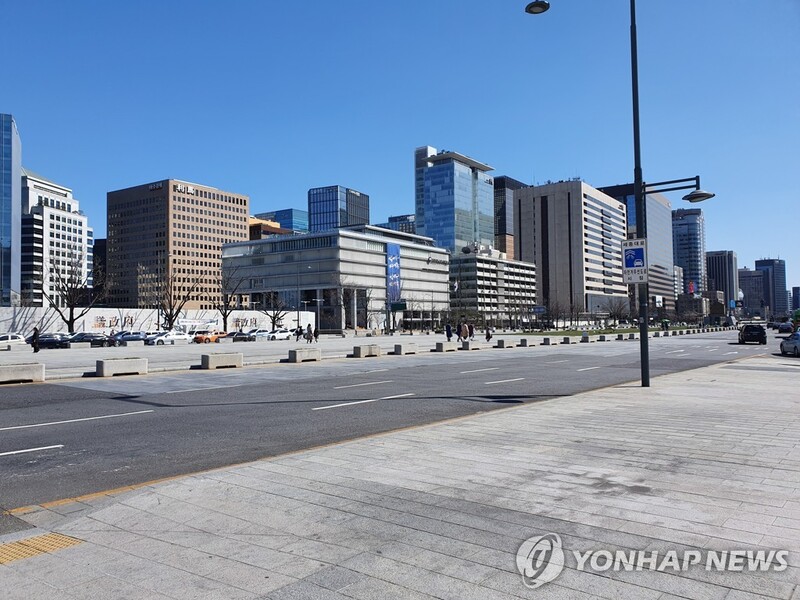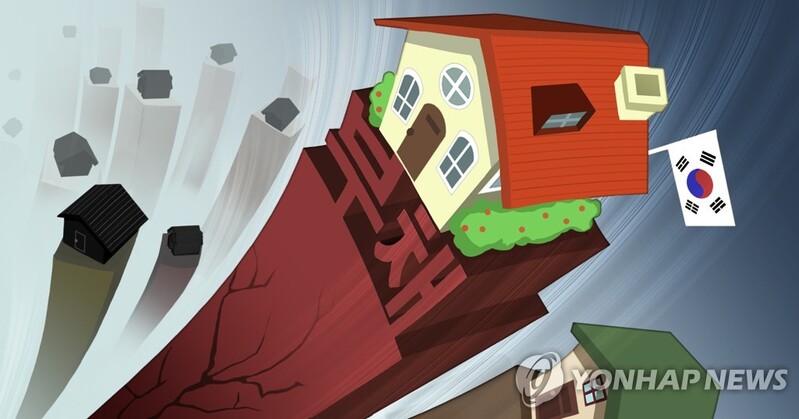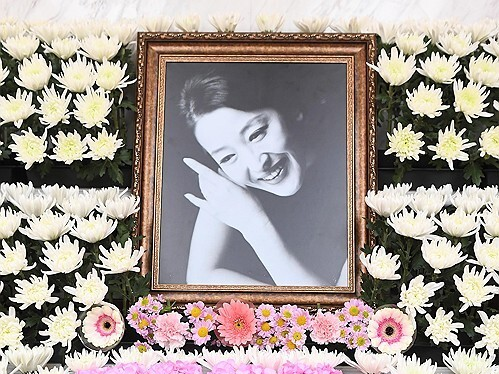 |
| ▲ This photo, provided by newsreader Hong Ji-hoon, shows the empty streets of Gwanghwamun Square on March 22, 2020, due to the pandemic measures. (PHOTO NOT FOR SALE) (Yonhap) |
 |
| ▲ This illustration shows the increased household debts in South Korea. (Yonhap) |
SEOUL, Dec. 29 (Yonhap) -- The 2 years of COVID-19 has greatly changed our lives reducing face-to-face communication and creating relationship challenges. Social distancing measures isolated people from maintaining social connections other than family relationships.
As housekeeping becomes more difficult, more people are following the trend of placing equal value on work and life. The impact of increased screen time is creating more time at home but also leading to the decrease of the reading population.
Samsung Life Insurance's Institute of Insurance Research(IIR) re-examined the COVID-19 situation through an analysis of "What COVID-19 has changed in the past two years,” on Dec. 29.
◇ How lockdowns are changing our social relationships
IIR analyzed how the COVID-19 pandemic reshaped our personal relationships but isolated us from our friends and wider communities.
According to Statistics Korea’s “2021 Social Survey Results,” 36.7% of the respondents said they were “distant from relatives,” overwhelming the “grew closer” response (2%).
38.9% and 35.5% of respondents said their relationships with their neighbors and close friends grew apart, respectively, while only 0.8% and 2.2% said they were "close.”
On the contrary, stronger family relationships were evaluated as a positive aspect of COVID-19.
12.9% of the respondents said they were "close" rather than “distant” (12.6%) in their family relationships.
"In all social networks, including relatives and neighbors, families were the only cases where there were more responses in relationship improvement,” said IIR.
The trend of valuing work-life balance increased when compared to life before the pandemic.
The balanced ratio between work and family life rose from 42.9% in 2017 to 44.2% in 2019 and 48.2% in 2021, which recorded the highest ever.
More people started to value family life than work.
The ratio of "work comes first" fell from 42.1% in 2019 to 33.5% this year, while the ratio of "home life comes first" rose from 13.7% to 18.3% during the same period.
◇ Low income and rising debts… ‘Less reading at home’
IIR analyzed that incomes continue to fall with debt growth rising due to the coronavirus.
Of the heads of households aged 19 or older this year, 32.1% said their household income decreased from a year ago, and only 13.1% said it "increased." On the other hand, the number of responses that “household debt increased” grew from 20.4% in 2019 to 26.2% in 2021.
Another feature is that outside leisure including traveling, arts & culture, and watching sports, is significantly decreasing due to the pandemic.
The percentage of overseas travel responses, which reached 30.4% in 2019, was only 1.1% in 2021. Domestic tourism also decreased from 69.2% in 2019 to 39.8% this year, and sports and culture and sports active living decreased from 66.2% to 24.1%, respectively.
IIR pointed out that although the time spent at home has increased, the ratio of the reading population has fallen to 45.6%, which is less than half for the first time, as more people acquire information through videos instead of books.
Also, not many people are working from home during the pandemic situation.
Among the employed over the age of 19, only 16.6% of them worked from home during this period.
92% of students under the age of 18 took remote classes, but more than half of them responded that "remote classes were not effective."
(END)
(C) Yonhap News Agency. All Rights Reserved














![[가요소식] 존박, 8년만 단독 콘서트 '꿈처럼' 성료](https://korean-vibe.com/news/data/20251222/yna1065624915961730_125_thum.jpg)








